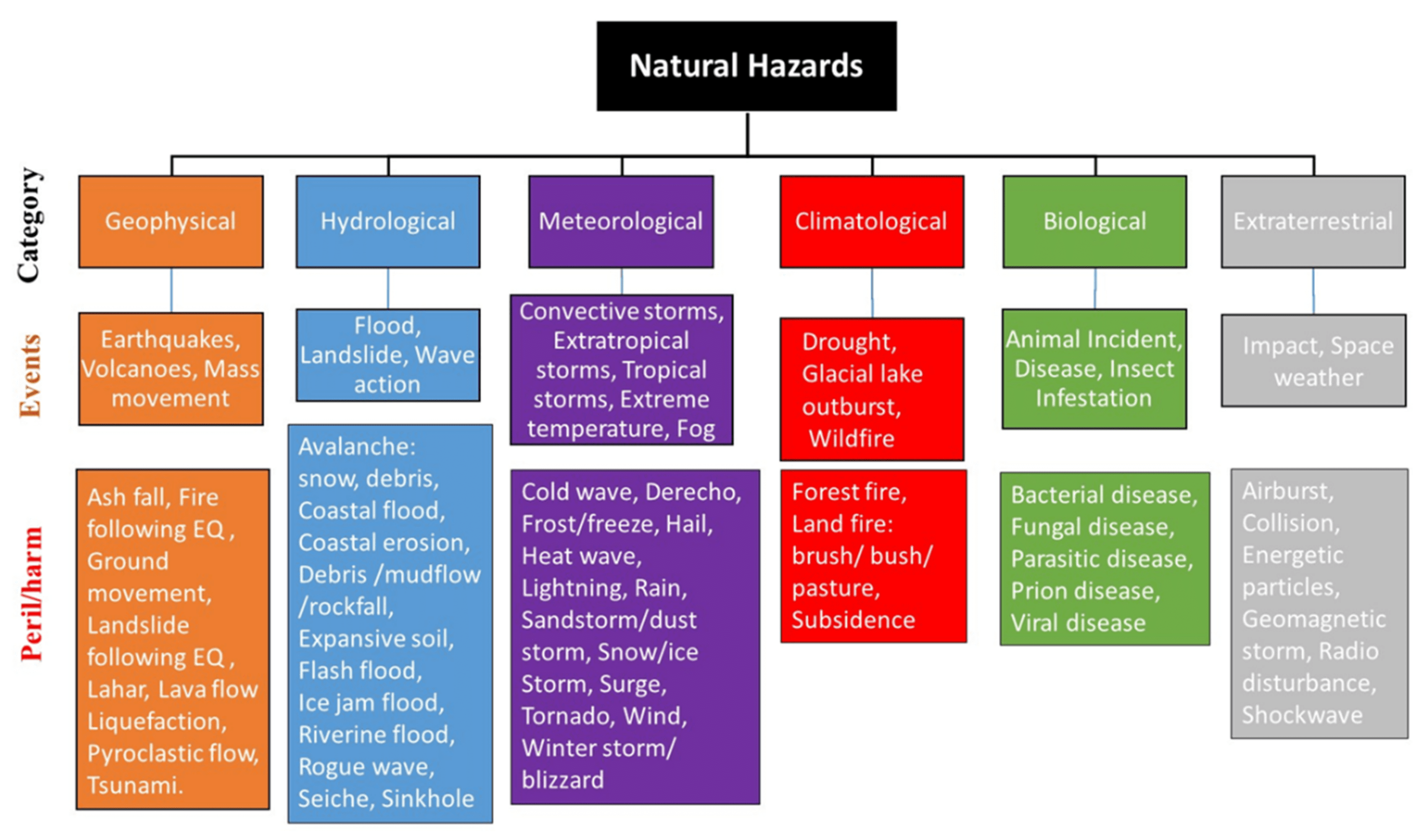Avalanches and tsunamis are destructive natural disasters that can leave devastation in their wake. Avalanches occur when snow, ice, or rock on a slope suddenly breaks loose, while tsunamis are massive waves caused by the sudden displacement of water. Avalanches are faster and powerful enough to destroy buildings and other structures, while tsunamis can cause massive flooding and move large objects. The impact of both of these natural disasters can be severe, causing devastation to both the environment and the community. It is essential to remain vigilant and prepared for these natural phenomena to ensure the safety of lives and property.
Avalanche vs. Tsunami: Exploring the Most Destructive Natural Phenomena
Introduction
Natural disasters can be highly destructive and can leave devastation in their wake. Two of the most destructive natural phenomena are avalanches and tsunamis. While both of these events can result in massive destruction, they have some distinguishing characteristics that make them different from each other. In this article, we will take a closer look at these two natural phenomena and compare and contrast them.
Nature and Causes
Avalanches are natural disasters that occur when snow, ice, or rock on a slope suddenly breaks loose and destroys everything in its path. Avalanches can be caused by various factors, such as weather conditions, human activity, or geological terrain. For instance, heavy snowfall or sudden temperature changes can trigger an avalanche. Also, human-triggered avalanches are increasingly common due to the rising popularity of winter sports activities.
In contrast, tsunamis are massive waves caused by the sudden displacement of water. They are primarily triggered by underwater earthquakes, volcanic eruptions, or landslides. Tsunamis can travel great distances across oceans and severely affect coastal regions. Unlike avalanches, tsunamis can also be caused by meteorological phenomena, such as hurricanes or cyclones.
Speed and Force
One of the significant differences between avalanches and tsunamis is their speed and force. Avalanches are famous for their rapid speed, and they can reach speeds of up to 80 miles per hour. An avalanche can last for a few seconds or several minutes, covering a distance of several miles. The force of an avalanche is powerful enough to destroy buildings, trees, and other structures in its path.
On the other hand, tsunamis are not as fast as avalanches, but they can be more massive and destructive. A tsunami wave can take several hours to cross an ocean, but it can reach heights of up to 100 feet, damaging everything in its path. The force of a tsunami is so powerful that it can move buildings, ships, and other large objects off their foundation.
Impact on the Environment and Community
Both avalanches and tsunamis can have severe impacts on the environment and the community. Avalanches can destroy entire buildings, bury cars under massive snowdrifts, and take human lives. The aftermath of an avalanche can cause severe damage to the ecosystem, such as destroying vegetation and disrupting wildlife habitats.
Tsunamis can be more destructive, causing massive devastation and loss of life. They can flood entire coastal regions, erode coastal infrastructure, and damage the ecosystem. The aftermath of a tsunami can take years to recover, and it can have long-lasting impacts on the environment, such as the destruction of coral reefs and the loss of marine life.
Conclusion
In conclusion, both avalanches and tsunamis are catastrophic natural phenomena that can lead to massive destruction and loss of life. However, they have some distinct differences that make them unique. Avalanches are caused by various factors such as weather conditions and human activity, while tsunamis are triggered by underwater earthquakes and volcanic eruptions. Avalanches are faster and powerful enough to destroy buildings and other structures, while tsunamis can cause massive flooding and move large objects. The impact of both of these natural disasters can be severe, causing devastation to both the environment and the community. It is essential to remain vigilant and prepared for these natural phenomena to ensure the safety of lives and property.
